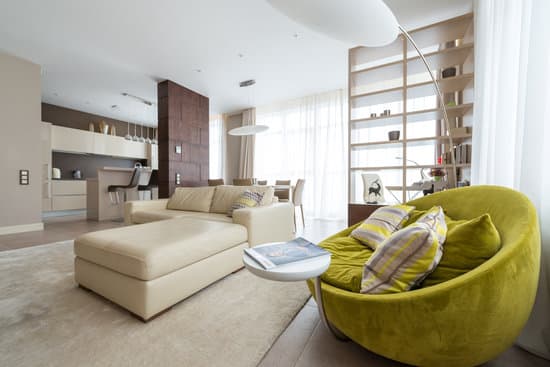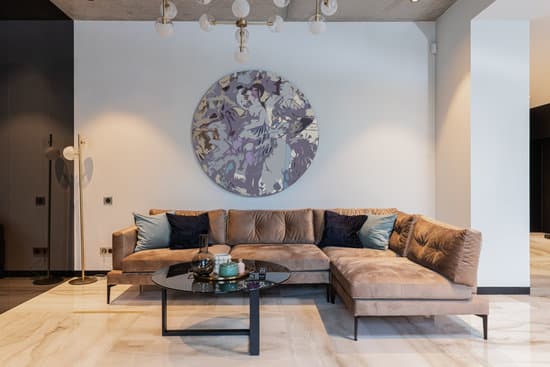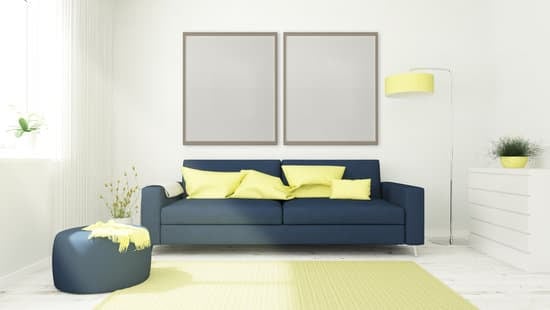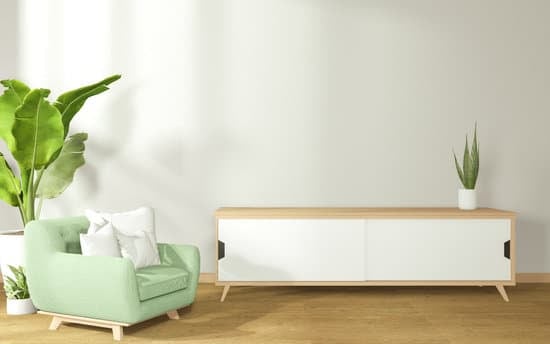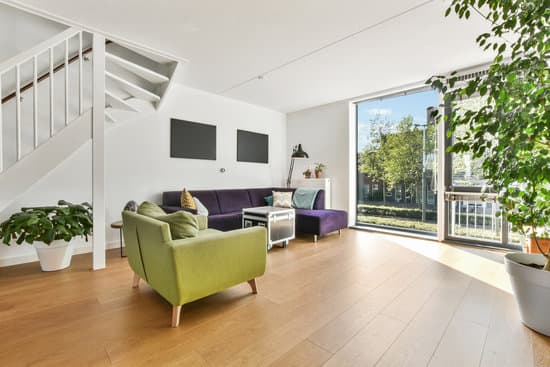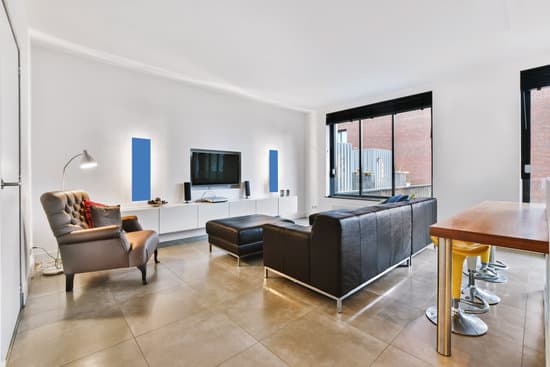Are you looking to spruce up your living room? Choosing the right wallpaper can transform your space and add a touch of personality. In this article, we will guide you through the process of selecting the perfect wallpaper for your living room. From assessing your room’s style and theme to considering size and layout, exploring different patterns and designs, selecting the right color palette, and evaluating durability and maintenance options – we’ve got you covered. Get ready to create a stunning living room that reflects your unique taste!
Assessing Your Living Room’s Style and Theme
You should start by assessing your living room’s style and theme. This is important because the wallpaper you choose should complement the existing decor and create a cohesive look. When choosing wallpaper materials, opt for ones that are durable and easy to clean. Look for options like vinyl or washable wallpapers, as they are resistant to stains and can withstand daily wear and tear. Additionally, consider incorporating personal preferences into your decision-making process. Think about colors, patterns, and textures that make you feel comfortable and happy. Remember that safety is a priority, so avoid wallpapers with harmful chemicals or strong odors that may cause allergies or respiratory issues. By assessing your living room’s style and theme while considering these factors, you can confidently choose the perfect wallpaper for your space.
Considering the Size and Layout of the Room
When selecting wallpaper for your living room, take into account the size and layout of the space. It is important to consider how the wallpaper will affect the overall feel of the room. One key aspect to keep in mind is maximizing natural light. Lighter colored wallpapers can help make a small living room appear larger by reflecting more light. Additionally, choosing wallpapers with patterns that have a vertical orientation can create an illusion of higher ceilings and more open space.
Another consideration when choosing wallpaper for your living room is incorporating accent walls. Accent walls are a great way to add visual interest and depth to a space. You can choose a bold pattern or color for just one wall, while keeping the others more neutral. This adds personality without overwhelming the entire room.
By carefully considering these factors, you can select wallpaper that not only suits your personal style but also enhances the size and layout of your living room.
Exploring Different Wallpaper Patterns and Designs
Exploring different wallpaper patterns and designs can add a unique touch to your living space. Stay up-to-date with the latest wallpaper trends and seek inspiration from various sources, such as interior design magazines, online platforms, or visiting home improvement stores. Consider these tips for proper wallpaper installation:
- Ensure that the walls are clean and smooth before applying the wallpaper.
- Measure your wall dimensions accurately to avoid any wastage or mismatched patterns.
- Use a good quality adhesive suitable for your chosen wallpaper material.
- Take extra care when matching patterns to create a seamless look.
Remember, safety should always be a priority during installation. Follow manufacturer instructions carefully and wear appropriate protective gear if necessary. By exploring different wallpaper patterns and designs while keeping these tips in mind, you can transform your living room into a stylish and inviting space.
Selecting the Right Color Palette
To create a cohesive and visually pleasing look, consider selecting the right color palette for your space. Start by creating a focal point in your living room with a bold and eye-catching wallpaper design. Choose colors that complement the overall theme of your room and reflect your personal style. For a calming and serene atmosphere, opt for cool tones like blues and greens. If you want to add warmth and coziness, go for earthy tones like browns or warm neutrals. Don’t be afraid to incorporate texture into your wallpaper choice as well. Textured wallpapers can add depth and visual interest to your walls, making them more than just a backdrop. Remember, choosing the right color palette will set the tone for your living room and create an inviting space for you and your family to enjoy.
Evaluating the Durability and Maintenance of Wallpaper Options
Consider evaluating the durability and maintenance of different wallpaper options to ensure they suit your needs and lifestyle. When it comes to choosing wallpaper for your living room, it’s important to understand the various materials and textures available. Some wallpapers are more durable than others, so take into account the traffic in your living room and choose a material that can withstand wear and tear. Additionally, consider the installation techniques required for each option. Some wallpapers may be easier to install than others, which can save you time and money. It’s also crucial to think about maintenance. Look for wallpapers that are easy to clean and resistant to stains or fading. By carefully considering these factors, you can select a wallpaper that not only enhances the aesthetic appeal of your living room but also stands up to everyday use with ease.
Conclusion
In conclusion, choosing the perfect wallpaper for your living room requires careful consideration of various factors. By assessing your living room’s style and theme, considering the size and layout of the room, exploring different patterns and designs, selecting the right color palette, and evaluating durability and maintenance options, you can make an informed decision. Remember to choose a wallpaper that complements your overall decor while also reflecting your personal style. With these tips in mind, you are well-equipped to transform your living room into a stylish and inviting space with the perfect wallpaper choice.

